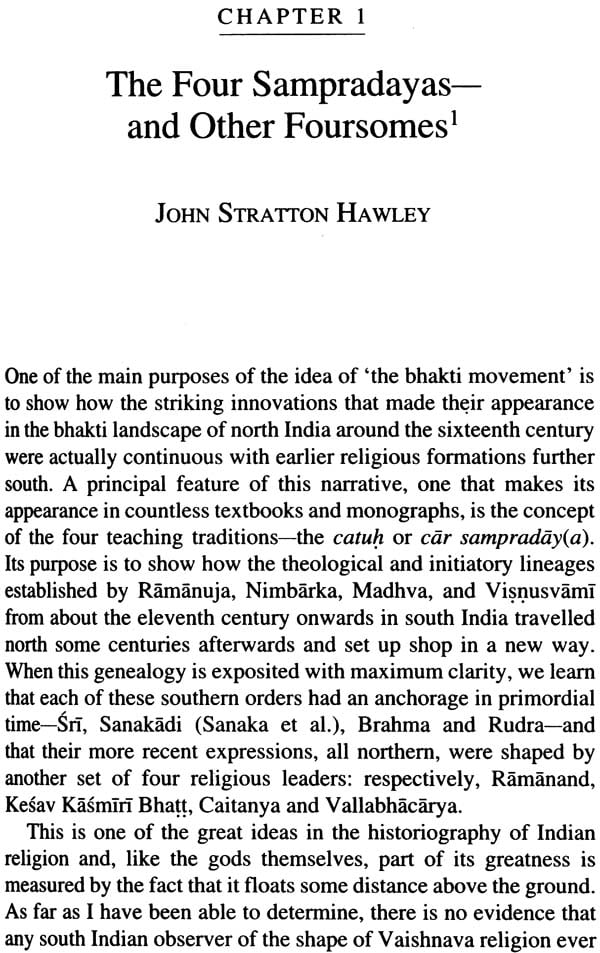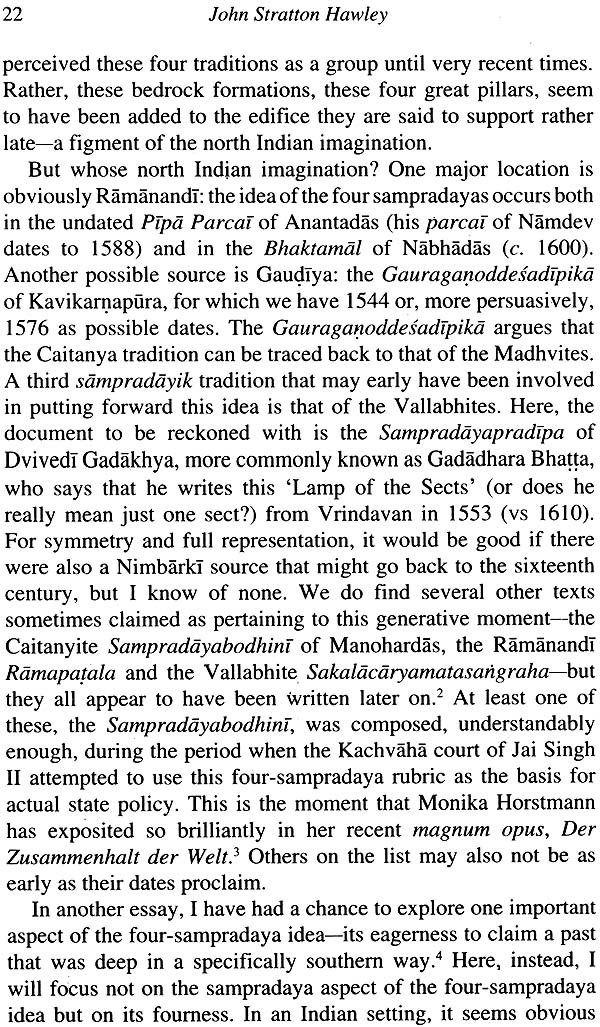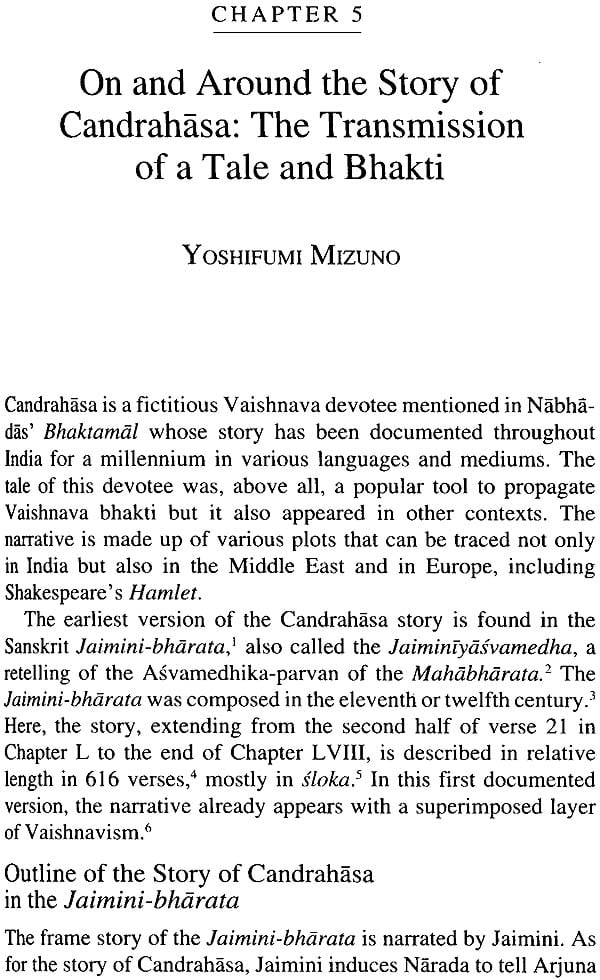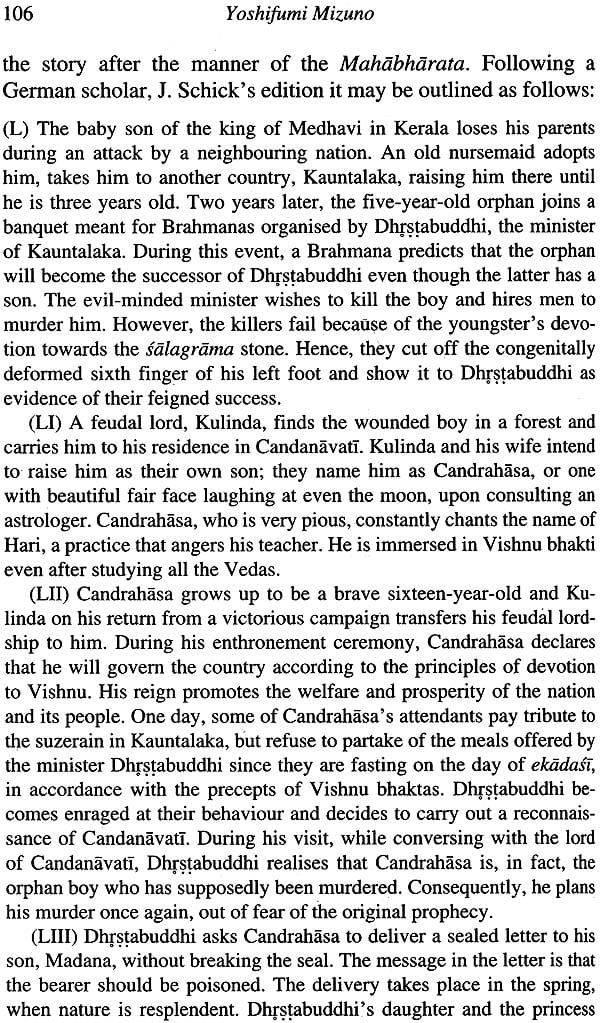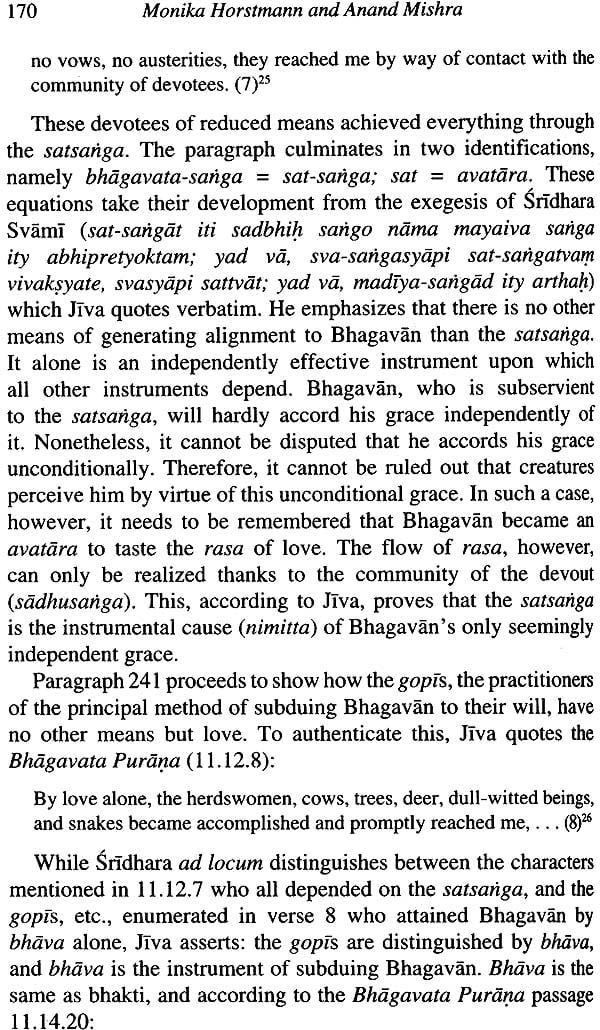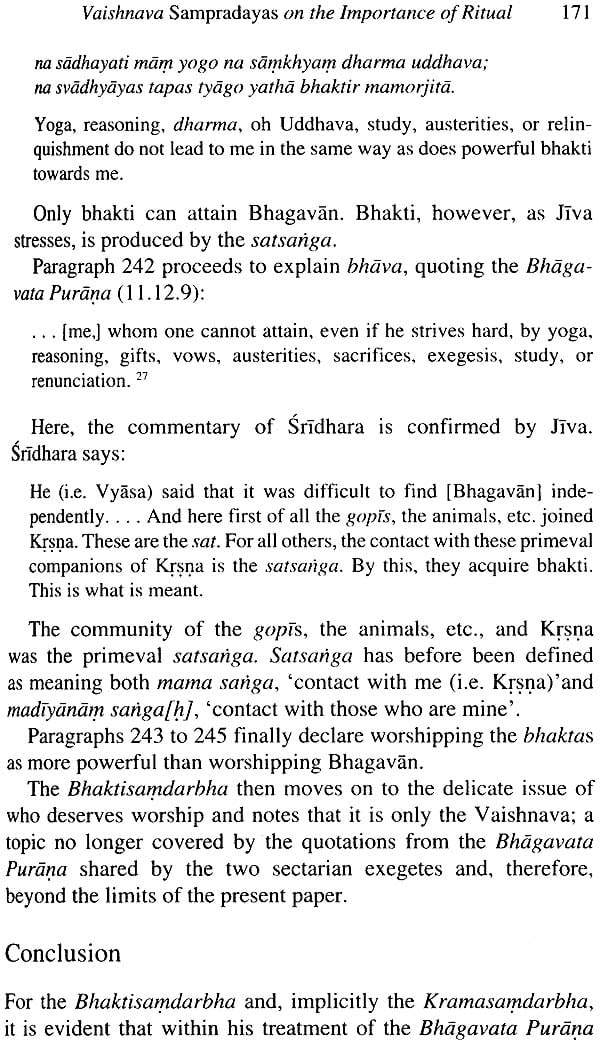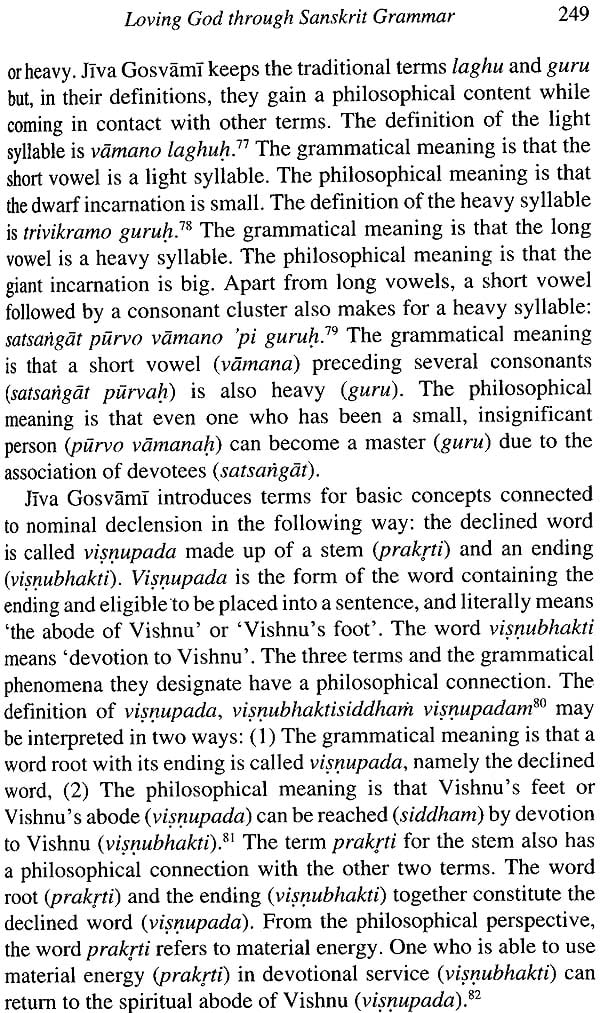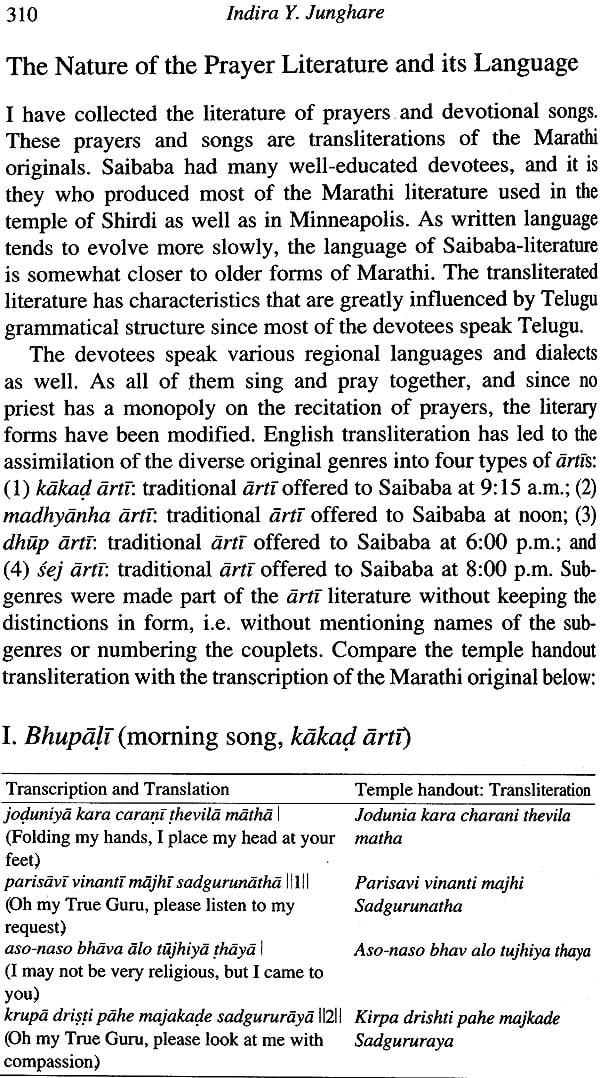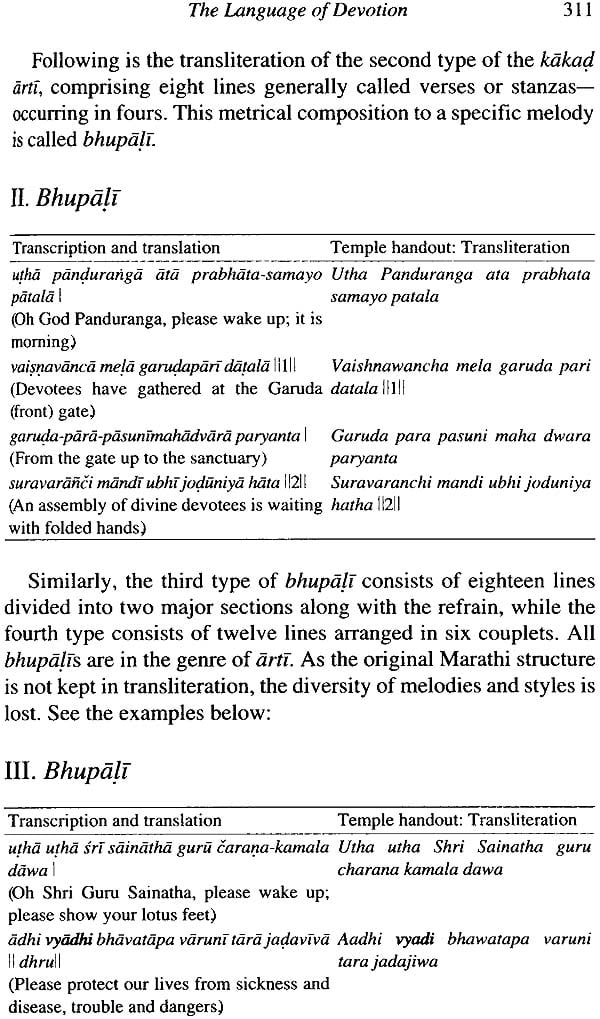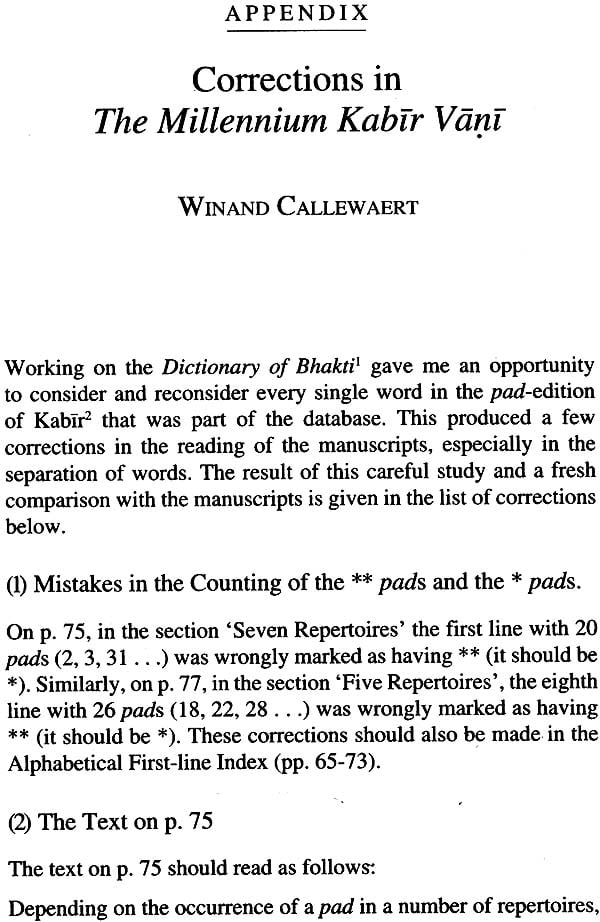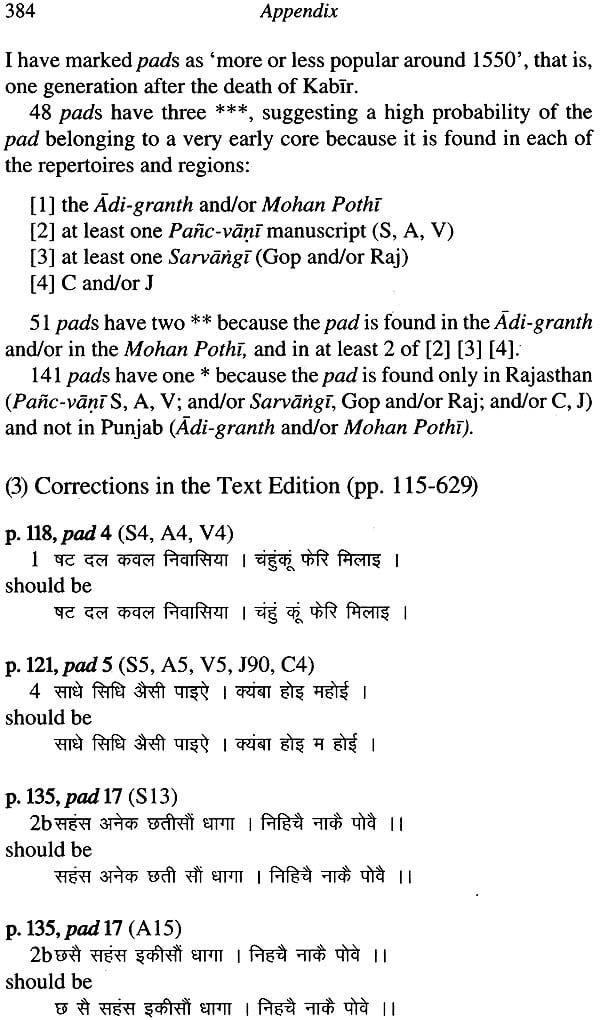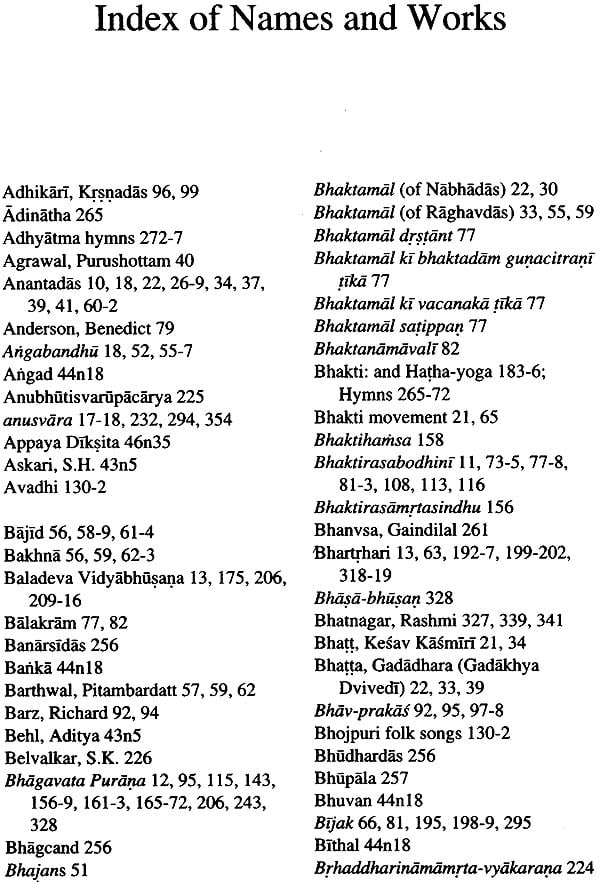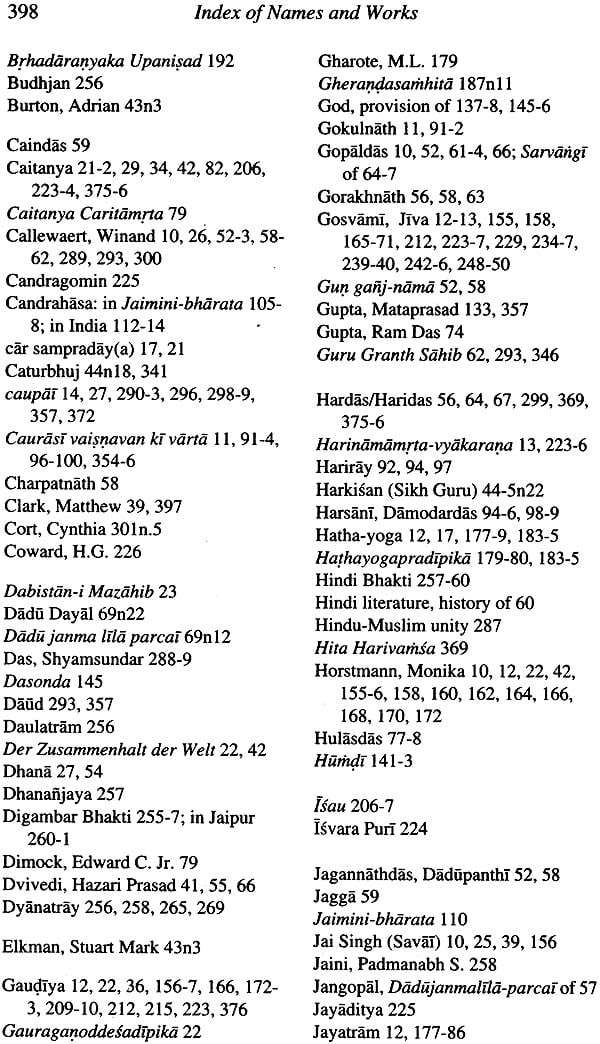
Bhakti Beyond the Forest (Current Research on Early Modern Literatures in North India, 2003-2009)
Book Specification
| Item Code: | NAM911 |
| Author: | Imre Bangha |
| Publisher: | Manohar Publishers and Distributors |
| Language: | English |
| Edition: | 2013 |
| ISBN: | 9788173049828 |
| Pages: | 400 |
| Cover: | Hardcover |
| Other Details | 9.0 inch X 5.5 inch |
| Weight | 660 gm |
Book Description
This book investigates from a diversity of perspectives how bhakti in general contributed to the formation of early modern literary culture in north India. The eighteen papers presented at the 'Tenth International Bhakti Conference: Early Modern Literatures in North India' at Sapientia - Hungarian University of Transylvania, in Miercurea Ciuc, Romania between 22-24 July 2009 address questions on how devotional literature was an important vehicle of community formation and how it dealt with the wider society. They also explore how ideology developed for a religious phenomenon with an emotional appeal, and what were the favoured linguistic, literary or musical forms of expression for bhakti.
Examining Hindu, Jain and syncretistic Hindu-Muslim traditions primarily from between the fifteenth and the eighteenth centuries, the contributors often trace the antecedents of a certain characteristic to earlier developments or examine their afterlives. They engage with one or several Hindi, Sanskrit, Marathi or Gujarati texts and study their material in the light of a variety of disciplines including theology, linguistics, social history and musicology.
Imre Bangha is Lecturer in Hindi at the University of Oxford and Head of the Alexander Csoma de Koros Centre for Oriental Studies at Sapientia - Hungarian University of Transylvania, Romania.
His publications include English, Hindi and Hungarian books and articles on Brajbhasha and Rekhta literature with special focus on the poetic works of Anandghan, Thakur, Visnudas, Tulsidas. Bajid and Kabir. His Scorpion in the Hand: Brajbhasha Court Poetry from Central India around 1800 is forthcoming from Manohar.
The Tenth International Bhakti Conference: Early Modern Literatures in North India took place at Sapientia - Hungarian University of Transylvania, in Miercurea Ciuc, Romania between 22 and 24 July 2009. Keeping in line with its tradition it aimed to investigate from a diversity of perspectives how bhakti in general contributed to the formation of early modem literary culture in north India. Without prioritising Hindu ways the papers examined literatures in their social, economic, and political settings, especially those that flourished from 1500 to 1800 CE. in north India. Not more than a decade ago this conference, running under various shorter or longer names, was the only regular international forum to discuss academic achievements on the field of vernacular or devotional literature in early modem India and is still the sole regular venue for the exchange of ideas among scholars of early vernacular India from North America, Western Europe, India, Japan and East Central Europe. It has also been a tradition that the contributors represent all active generations of scholars.
This volume publishes eighteen papers organised into four sections focus sing on community formation, social embeddedness, ideology and forms of expression. The individual papers present current research on Hindu, Jain and syncretistic Hindu-Muslim traditions from between the fifteenth and the eighteenth centuries often tracing the antecedents of a certain phenomenon to earlier developments or examining their afterlives. The papers engage with one or several Hindi, Sanskrit, Marathi and Gujarati texts and study their material in the light of a variety of disciplines including theology, linguistics, social history and musicology. In the appendix Winand Callewaert gives an updated list of corrections in The Millennium Kabir Vart, one of the most important volumes to appear about Kabir.
In the opening article J.S. Hawley investigates how the four teaching traditions or sects that gained acceptance at the court of Savai Jaisingh were claimed to have been spawned in the south of India and at a certain point transplanted through continuing lineages into the religious life of north India. Recent research by Monika Horstmann showed how this notion had been deployed not just in some abstract sense but as a feature of royal policy, shaping decisions about patronage and legitimacy that had effects in the real world. In his presentation Hawley supplemented Professor Horstnann's exposition by reviewing various ways in which the catuhsampradaya idea came to figure in sectarian sources from Nabhadas and Anantadas onward through the mid-eighteenth century-and, in particular, its complicated and sometimes conflictual relationship to other fourfold formulations: four vyahas, four akhadas, four directions, four pothis, and perhaps, in the back- ground, four Vedic samhitas.
As part of his ongoing research Dalpat Rajpurohit examines how the Dadupanth developed its huge devotional anthologies called Sarvangi. His research is concerned with tracing the tradition of compiling anthologies and the significance of the Dadupanth within the bhakti movement. He presented a study of the Sarvangi tradition, especially the Sarvangi of Dadu's first-generation disciple Rajjabdas, the debate about its time of compilation (c. 1595-1604 ?), and its content in comparison with the Sarvangi of Dadu's third-generation disciple Gopaldas (c.1627). The Dddupanth became a centre of heightened literary activity during the last decade of the sixteenth century and at the beginning of the seventeenth century. Sources composed around 1595 indicate that theme-based compilations gained importance in the Dadupanth at this time. Thus on the one hand, the Dadupanth anticipates almost all the traditions of anthologies and hagiographies such as the bhaktamal and parchai literature, and on the other it initiated traditions of theme-based anthologies like those of the Sarvangi and Pancvani.
James P. Hare traced transmission and reception of Nabhadas 's Bhaktamal in manuscript form during the eighteenth and early nineteenth centuries. This late sixteenth-or early-seventeenth century collection of hagiographies praises the qualities of over nine hundred saints and thereby sets the boundaries of a devotional community that far exceeds the 'Ramanandi' sectarian context in which its author wrote. Inclusivity is among the most conspicuous features of the Bhaktamal. This text gives central importance to the bhaktas themselves. The first major commentary on the Bhaktamal, Priyadas's Bhaktirasabodhini, interprets the text from a more clearly defined sectarian perspective. Priyadas's work, completed in 1712, presents a conception of the Vaishnava community that differs sharply from Nabhadas's outlook. He shifts the focus from the devotees to God and emphasizes the importance of the sect or religious order, increases the role of royal patrons and grants spiritual importance to caste. Through the Bhaktamal and its most influential commentary, we witness a debate over the boundaries of a religious community.
In the next article Galina Rousseva-Sokolova compares two versions of Gokulnath's Caurasi vaisnavan ta varta, 'The Lives of the Eighty-four Vaishnavas', the main hagiographical collection of the Pustimarga sect. Its apparent linguistic simplicity and semantic straightforwardness have contributed to its broad popularity. Today it is available in two main printed versions. Discrepancies between both traditions go beyond the scale of verbosity or the editing of repetitive passages and add up to altogether distinct types of construction of the figure of the saint.
Yoshifumi Mizuno presents the various Sanskrit and vernacular incarnations of the story of Candrahasa, with the famous motive of the letter of death that orders the murder of its bearer, which was even used by Shakespeare. The story of this legendary Vaishnava devotee was particularly popular and has been documented throughout India for a millennium in various languages and mediums, including the Bhaktamal of Nabhadas.
| Preface | 9 | |
| Notes on the Transliteration and the Dates | 17 | |
| CONSTRUCTING BHAKTI COMMUNITIES | ||
| 1 | The Four Sampradayas-and Other Foursomes | 21 |
| 2 | Thematic Groupings of Bhakti Poetry: The Dadupanth and Sarvarigi Literature | 51 |
| 3 | Nabhadas ' Bhaktamal and Manuscript Culture | 73 |
| 4 | Sainthood Revisited: Two Printed Versions of the Lives of the Eighty-four Vaishnavas by Gokulnath | 91 |
| 5 | On and Around the Story of Candrahasa: The Transmission of a Tale and Bhakti | 105 |
| BHAKTI AND SOCIETY | ||
| 6 | Shiva and Parvati Assist Young Couples in their Marriage as Referred to in Hindi Devotional Literature and Folk Songs | 127 |
| 7 | Devotion Rewarded: The Attitude towards Wealth in the Religious Literature of Medieval Gujarat - Francoise Mallison | 137 |
| IDEOLOGY | ||
| 8 | Vaishnava Sampradayas on the Importance of Ritual: A Comparison of the Two Contemporaneous Approaches by Vitthalanatha and Jiva Gosvami | 155 |
| 9 | Jayatram's Jogpradipaka: Between Hatha-yoga and Bhakti in the Eighteenth Century | 177 |
| 10 | From Sabda-brahman to Sabad: The Way from a Transpersonal Concept to Personal Experience | 191 |
| 11 | From Ontology to Aesthetics: A Bengal Vaishnava Interpretation of the Upanishadic Passage So 'ham | 205 |
| FORMS | ||
| 12 | Loving God through Sanskrit Grammar: Jiva Gosvami's Use of Krishna's Names in Harinamamrta- vyakarana | 223 |
| 13 | God Outside and God Inside: North Indian Digambar Jain Performance of Bhakti | 225 |
| 14 | Kabir's Prosody and a Metrical Reconstruction of his Pads | 287 |
| 15 | The Language of Devotion: Transcending the Diversity of Linguistic Structures | 305 |
| 16 | Diamonds are a Girl's Best Friend': The Female Body and Ornaments in Mirabai’s Padavali | 323 |
| 17 | Matra in Bhakti Poetry and Perso-Arabic Metres | 357 |
| 18 | Srnkhla: A System of Musico-Religious Performance of the Samaj-gayan in Braj | 367 |
| Appendix | ||
| Corrections in The Millennium Kabir Vani Winand Collewaert | 383 | |
| Index of Names and Works | 397 |
